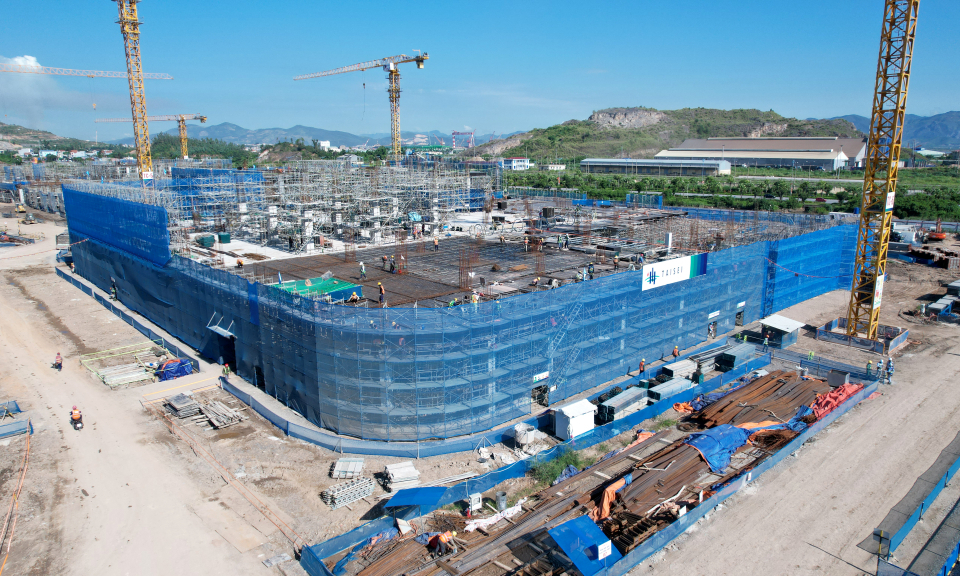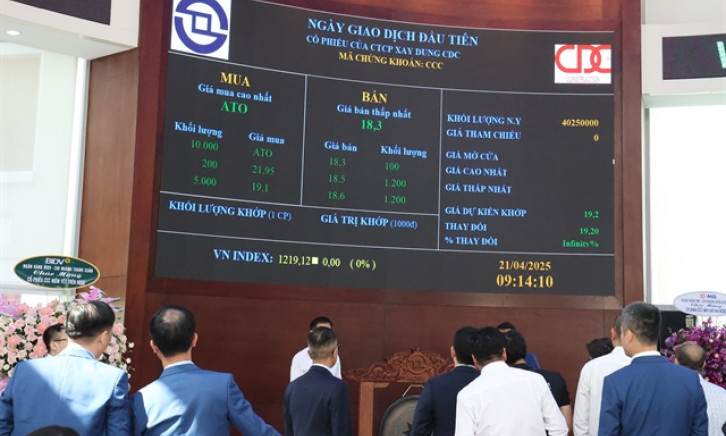Viet Nam targets to raise timber export value to US$18 billion in 2025
Viet Nam targets to raise export value of wood and timber products to US$18 billion in 2025 from US$16.25 billion in 2024, according the Ministry of Agriculture and Rural Development.
The industry experienced a spectacular export performance last year following a sharp 15.9 percent decline during 2023, said Ngo Sy Hoai, Vice chairman and Secretary General of the Viet Nam Timber and Forest Product Association (VIFOREST).
Despite ample room, challenges are lying ahead as both the EU and U.S. markets increasingly demand stricter traceability of wood origins.
Moreover, regional peers such as Indonesia, Malaysia, and Thailand boast strong potential, making it more competitive, not to mention the impact of the U.S.-China trade tension which could alter market dynamics. Fluctuations occurring in maritime transport and logistics could also disrupt supply chains, negatively affecting global trade.
Alongside enforcing green growth and digital transformation criteria, Ngo said that VIFOREST will prioritize enhancing trade defense capabilities for businesses in an effort to drive the industry forward.
VIFOREST will work with Trade Remedies Authority and Vietnamese trade offices overseas to issue timely warnings and help businesses avoid trade defense cases.
Tran Quang Bao, Director General of the Department of Forestry under the Ministry of Agriculture and Rural Development will promote Viet Nam's Timber Legality Assurance System (VNTLAS), strengthen links across the supply chain, from forest growers to processing and export enterprises, and support businesses in engaging in international trade fairs to both secure contracts and promote Vietnamese wood products."
Tran also said that the green factor will be one of the major impacts on Viet Nam's wood export trends in the long run, when many regulations of the markets are being implemented and enforced such as the European Union's Deforestation Regulation (EUDR) or the European Carbon Border Adjustment Mechanism (CBAM).
Therefore, in addition to building high-tech processing zones, expanding export market share, proactively promoting trade in wood and wood products in major markets, developing sales through e-commerce channels, the wood industry needs to pay more attention and invest in raw material areas. Specifically, it is necessary to develop more large timber plantations, sustainably managed forests and certified forests.






